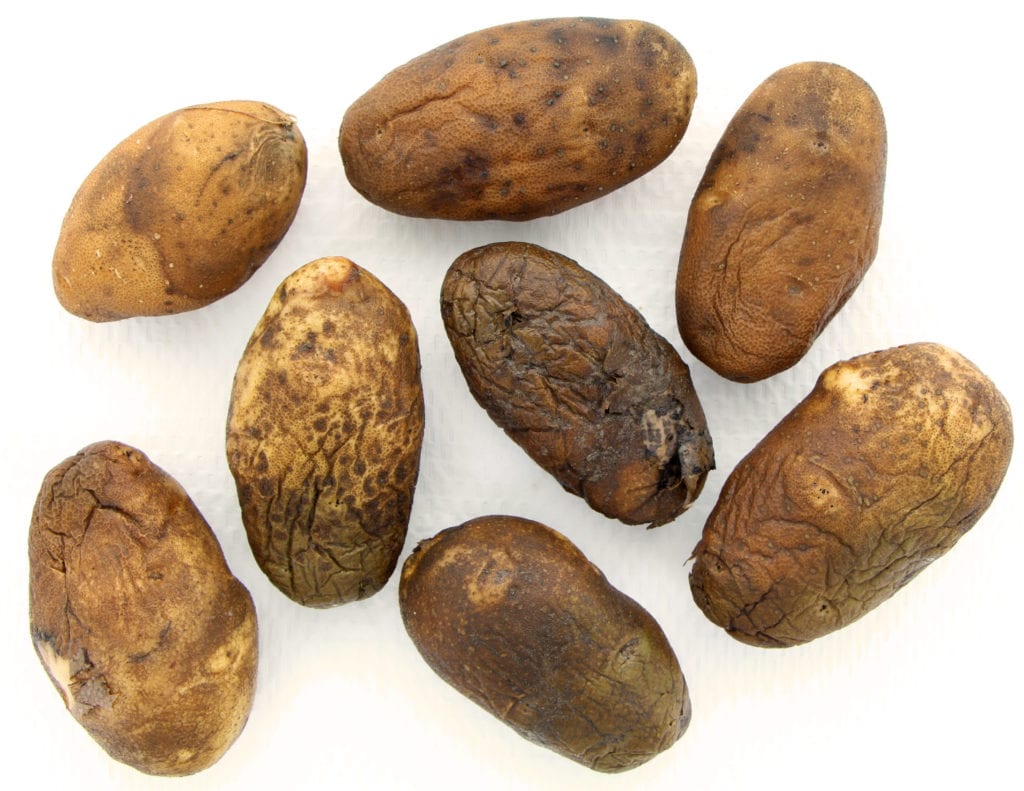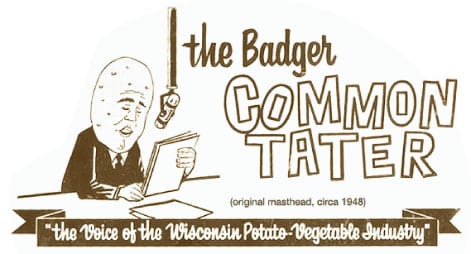Consider strategies for managing frost-damaged tubers before we put 2018 to rest
By Paul Bethke, U.S. Department of Agriculture and University of Wisconsin-Madison Department of Horticulture, and Troy Fishler, research manager, Wisconsin Potato & Vegetable Storage Research Facility, Hancock Agricultural Research Station
Rain and cold delayed potato harvest throughout Wisconsin in 2018. Many farms were still digging potatoes in late October and into November.
Temperatures below freezing took a toll on numerous fields when potatoes suffered frost damage.
No one wants to see another harvest like 2018, but perhaps there is value in reviewing the causes and consequences of frost damage and discussing strategies for managing frost-damaged potatoes before we put 2018 to rest and begin making plans for 2019.
Frost damage occurs when tuber temperature drops below approximately 30 degrees Fahrenheit (F) and tuber tissues freeze.
Potatoes that are closer to the surface are more likely to experience freezing temperatures than those deeper in the soil. Green potatoes, which are at the soil surface, will undoubtedly be the first to suffer from frost damage.



